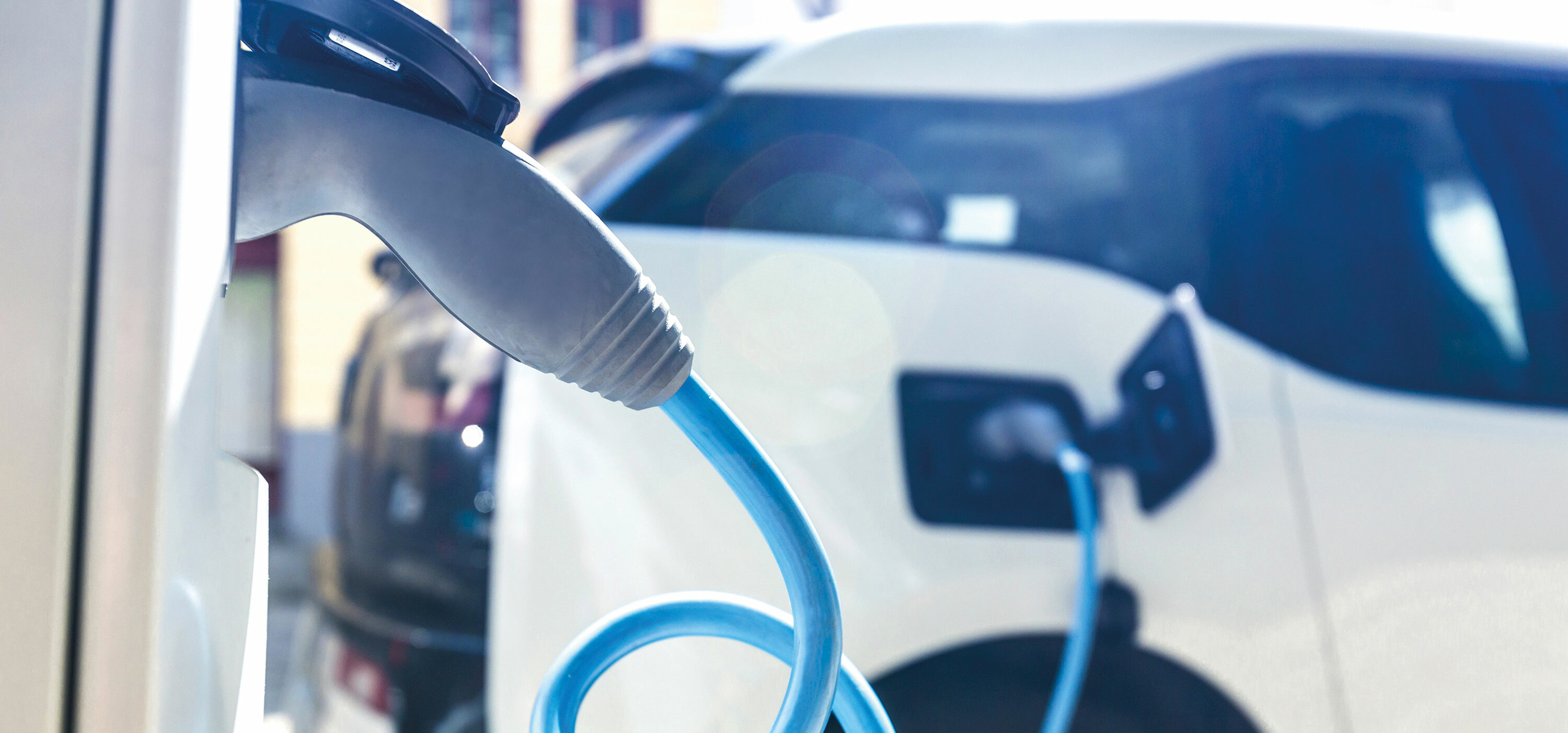
Within the scope of this study, the market penetration of battery electric vehicles for motorised private transport (MIV) was forecast for the year 2030 based on different sources, and also the charging behaviour with consideration of the charging infrastructure. The use of the comprehensive energy network topology and energy supply from regional and national sources within the urban area allows the modelling of the sector coupling. On the one hand, this allows further-reaching statements on supply security and sustainability and, on the other hand, an extrapolation of the energy and power requirements comparing the demand for conventional energy of all sectors with the specific demand of the mobility sector.
This shows that the portion of electrical power in the energy supply mix, driven by the mobility sector, has shown consistently high growth rates and led to progressively increasing electrical peak loads. However, due to the concurrent changes in the demand of other sectors, the total annual energy demand in the Stuttgart area has remained at about the same level. In the course of a transformation toward electromobility this will basically mean higher electrical peak loads rather than the necessity to generally make available more electrical power.
